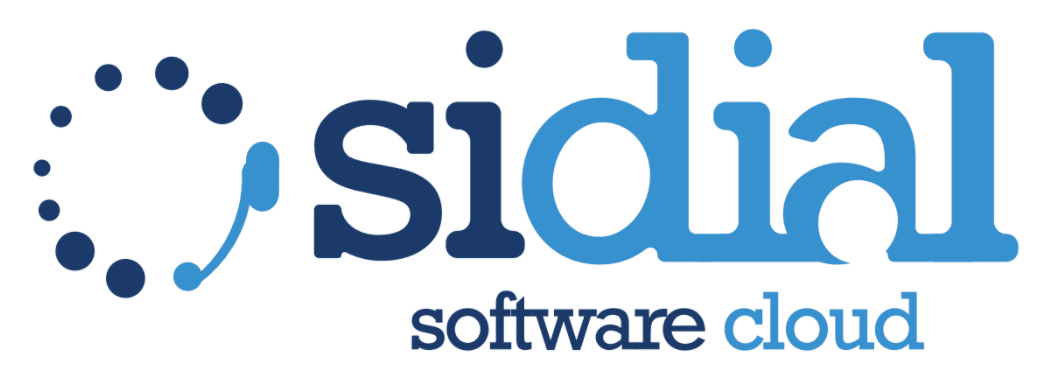Running a modern call center involves much more than just a phone system. Whether you’re operating in inbound, outbound, or blended mode, the software you choose can make the difference between a smooth operation and a chaotic one.
This guide is aimed at industry experts—supervisors, CTOs, operations managers, and performance leads. Our goal? To provide you with a technical and practical overview to help you identify the best software for your call center.
Key Features of a Professional Call Center Software
Every business has different needs, but there are some features that are now standard for anyone looking to stay competitive. Let’s break them down.
Cloud-Native Architecture
A modern call center software must be cloud-native. This ensures immediate scalability, automatic updates, and reduced IT maintenance costs. Cloud-based call center solutions also enable remote access, a crucial element for managing distributed or hybrid teams.
From a technical perspective, the infrastructure should be hosted in certified data centers (e.g., ISO/IEC 27001) and support automatic backups and end-to-end encryption to ensure operational continuity and protection of sensitive data.
Intelligent Routing Engine (ACD)
An Automatic Call Distribution (ACD) system must include advanced routing logic based on skills, priority, and real-time agent availability. Dynamic queues integrated with multi-level IVR systems help optimize response times and enhance the user experience.
For outbound call centers, it is essential that the ACD engine also supports automatic redistribution of contacts across agents in case of no answer, contact errors, or user rejection.
Predictive Dialer and Flexible Dialing Modes
In outbound operations, dialer efficiency is key. The ideal software should support multiple dialing modes: predictive, progressive, preview, and manual.
- Predictive: Uses statistical algorithms to maximize agents’ talk time.
- Progressive: Dials only when an agent is available.
- Preview: Displays contact details before calling—useful for complex sales or high-value clients.
- Manual: Ideal for callbacks or agent-initiated calls.
A good Predictive Dialer dynamically adapts to response rates and agent availability, minimizing idle time and dropped calls.
Native Integration with CRM, REST APIs, and Webhooks
The ideal software shouldn’t be a closed box. It should offer RESTful APIs for two-way integration with CRMs, ERPs, and other business tools (such as ticketing systems or BI platforms).
Integration should allow for real-time customer profile viewing during calls, real-time data sync, and automated actions (e.g., email triggers, ticket creation, status changes) via webhooks.
Advanced Omnichannel Management
Voice is no longer enough. The best omnichannel call center software should support digital channels such as:
- SMS
- WhatsApp Business
- Facebook Messenger
- Live Chat
- Videocall (WebRTC)
Agents should have a single unified interface for a 360° customer view. Unified queue management with intelligent interaction assignment based on priority and skills is also critical.
Real-Time Supervision and Monitoring
A real-time dashboard is essential for contact center management. Key KPIs include:
- SLA
- Average Speed of Answer (ASA)
- Average Talk Time
- Abandonment Rate
- Conversion Rate (for outbound)
- Agent Occupancy and Productivity
The system should allow live call listening, whisper coaching (agent guidance), and barge-in (direct intervention). It must also support customizable reports exportable in various formats (CSV, PDF, JSON).
Call Recording and Transcription
Call recordings should be available for every interaction, stored securely, and filterable by date, agent, campaign, or customer. In regulated industries (e.g., finance or insurance), compliance with GDPR and PSD2 is a must.
Advanced solutions also include voice recognition and automatic transcription, which is useful for quality analysis and team training.
Quality Assurance and Coaching Tools
An advanced call center software should include native quality assurance tools:
- Interaction scoring
- Auditor comments
- Individual performance tracking
- Improvement plans and coaching sessions
This enables targeted training, fewer errors, and higher customer satisfaction.
Shift Management and HR Automation
An integrated workforce management module can optimize shift planning based on demand forecasting. Useful features include:
- Skill-based auto-scheduling
- Leave and time-off requests
- Automatic notifications to agents
- Export for payroll systems
For remote teams, an activity monitoring module is also helpful, tracking login/logout times, breaks, agent status, and actual talk time.
How to Choose the Best Call Center Software for Your Business
If you’re looking for a modular, high-performing cloud call center software with an intuitive interface for agents, try SiDial for free.
[Request your free SiDial demo]https://sidial.cloud/en/request-demo/) and discover how to optimize your contact center.

